Demystifying AI buzzwords
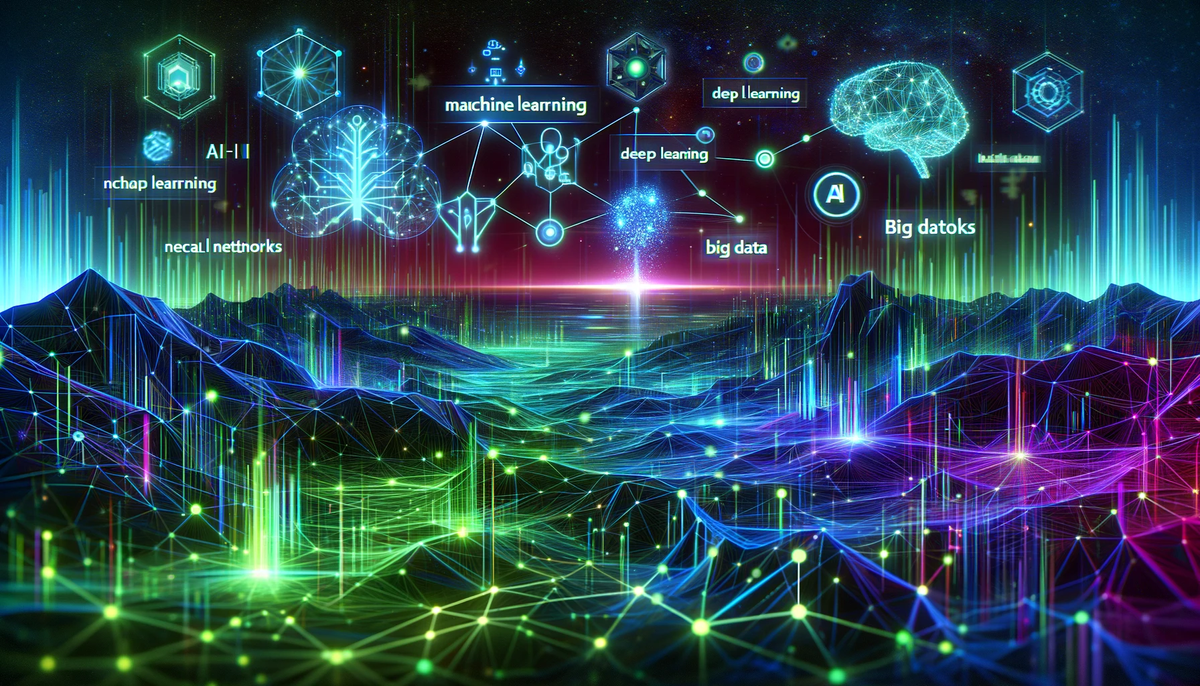
When I talk to people, I often catch them using AI buzzwords incorrectly in their sentences. They use them as synonyms when they are not or they use them in the wrong context. This prompted me to write this little article in which I want to cover and explain the most common AI buzzwords.
Artificial Intelligence (AI)
Artificial Intelligence is a broad field of computer science aimed at building smart machines capable of performing tasks that typically require human intelligence. These tasks include learning, reasoning, problem-solving, perception, and language understanding. AI is not just about programming computers to perform certain tasks; it's about giving them the ability to learn and make decisions on their own. AI can be as simple as a chess program or as complex as a self-driving car, encompassing a wide range of technologies and applications.
Machine Learning (ML)
Machine Learning is a subset of AI focused on the concept that machines can learn from data, identify patterns, and make decisions with minimal human intervention. It involves algorithms that improve automatically through experience. ML uses statistical techniques to give computers the ability to "learn" from data, allowing them to find hidden insights without being explicitly programmed where to look. This capability enables a wide range of applications, from email filtering and computer vision to understanding human speech and making predictions.
There are different learning methods used in machine learning. In the following posts I covored the 4 most common learning methods and explained their pros and cons.
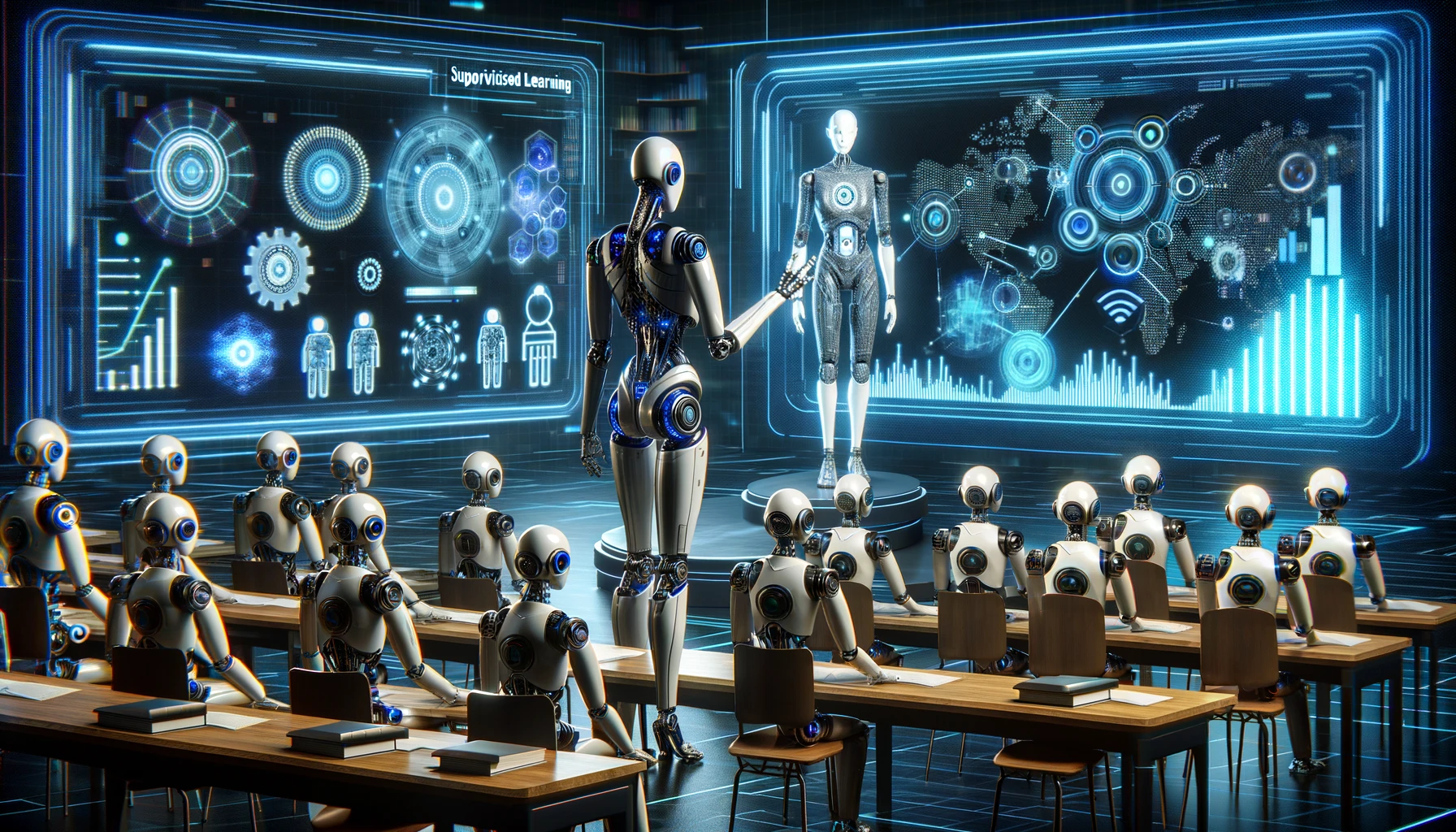
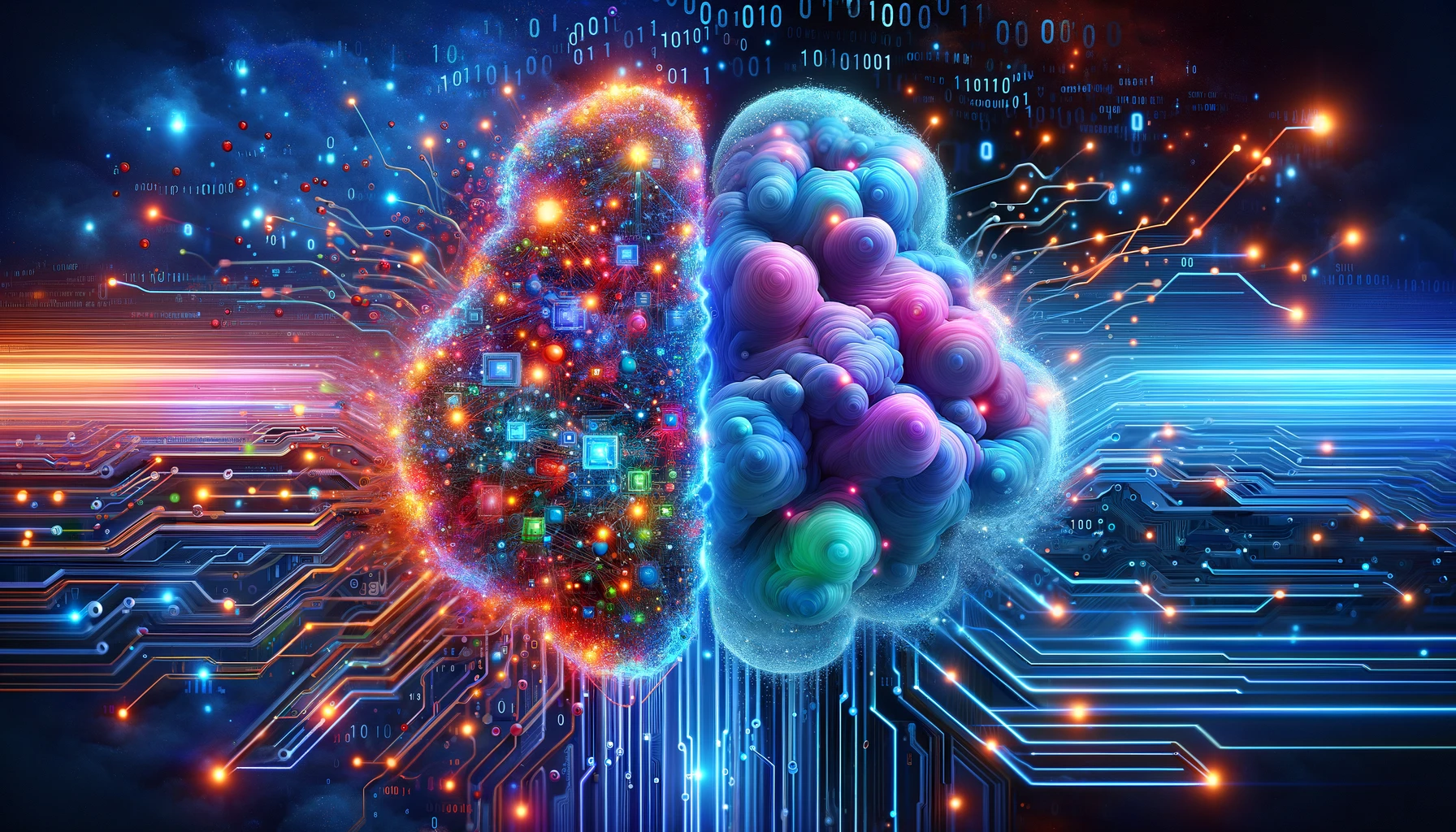
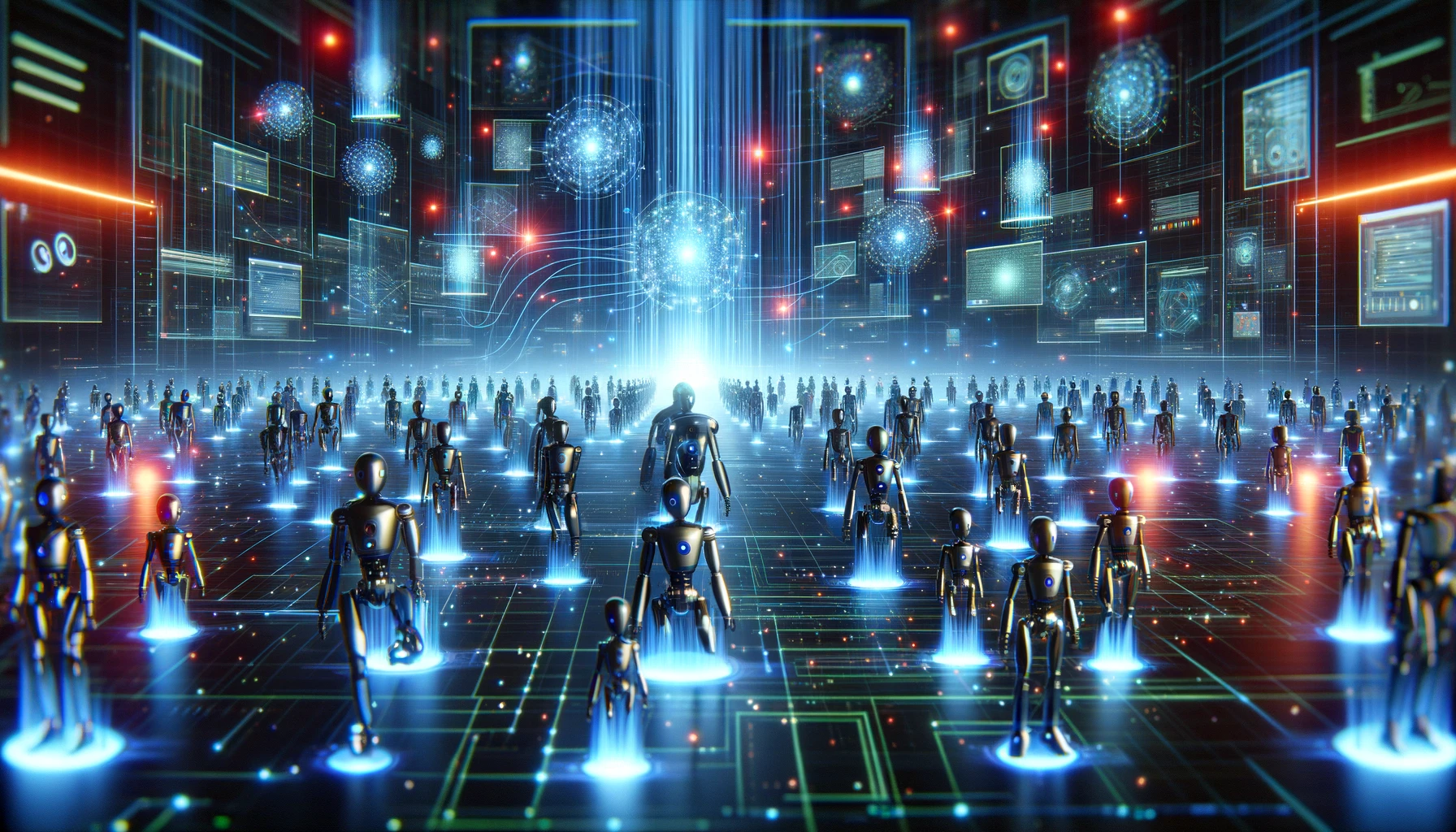
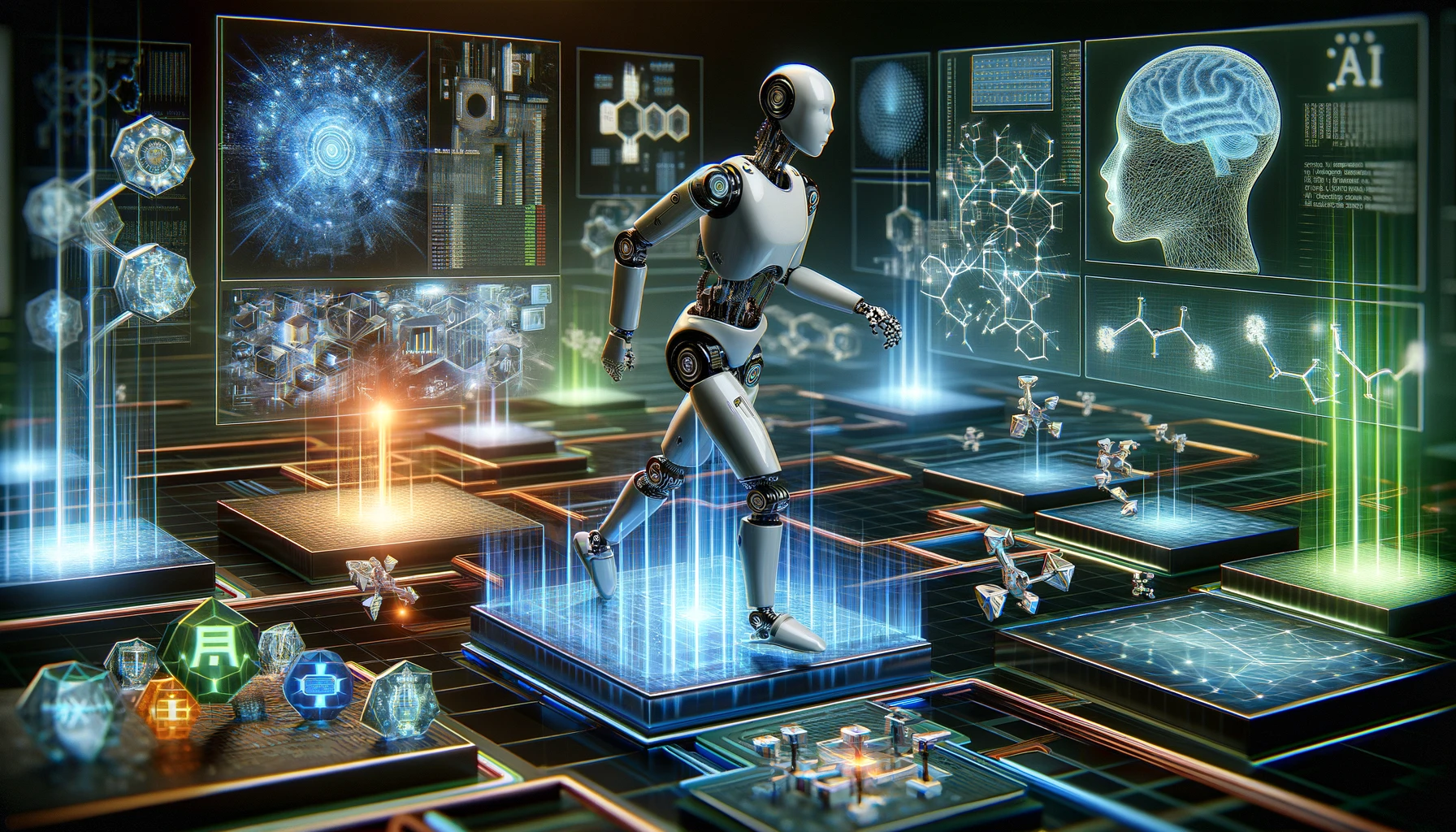
Neural Networks
Neural Networks are a set of algorithms, modeled loosely after the human brain, that are designed to recognize patterns. They interpret sensory data through a kind of machine perception, labeling, or clustering raw input. These networks are a key technology in Machine Learning and work by simulating a large number of interconnected processing nodes that resemble abstract versions of neurons. The processing nodes are organized in layers, and they process information using dynamic state responses to external inputs, which makes them excellent tools for complex tasks like image and speech recognition.
I just started working on an article series being an introduction to neural networks. I cover the basic ideas behind this technology and we code our own models using Python.
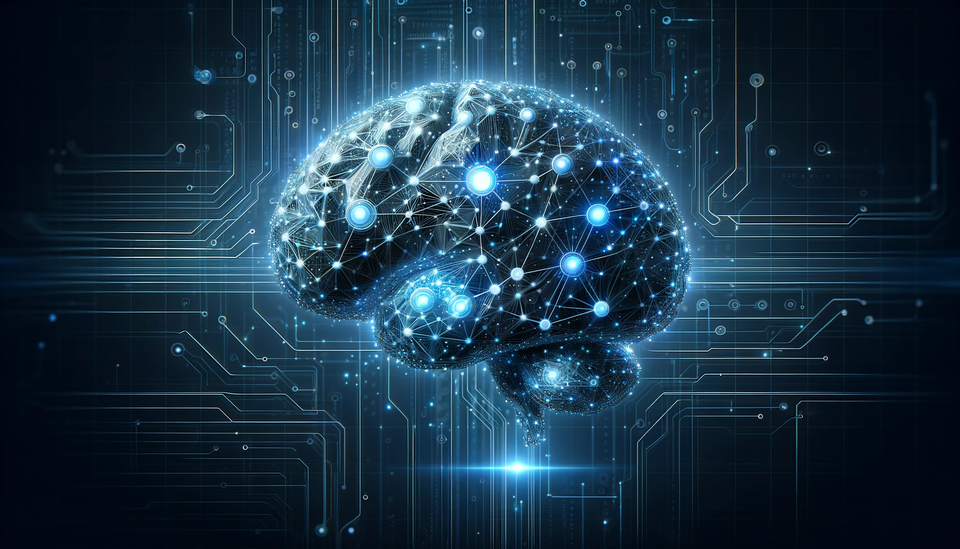
Deep Learning
Deep Learning is an advanced subset of Machine Learning that imitates the workings of the human brain in processing data and creating patterns for use in decision making. It's a key technology behind many of the sophisticated, AI-driven features we see today, like voice control in consumer devices, image recognition, and language translation. Deep Learning models are built using neural networks with many layers – hence the "deep" in Deep Learning. These layers are made up of a large number of interconnected nodes, structured in a way that resembles the neural networks in the human brain. Each layer of nodes trains on a distinct set of features based on the output of the previous layer. This hierarchical learning process enables the model to learn complex patterns at a high level of abstraction, making Deep Learning particularly effective for tasks like object detection, speech recognition, and language translation.
Big Data
Big Data refers to extremely large data sets that may be analyzed computationally to reveal patterns, trends, and associations, especially relating to human behavior and interactions. Big Data is not just about the volume of data but also includes the variety of data types and the velocity at which it is generated and processed. It encompasses data from sources like social media, internet transactions, sensors in various devices, and much more. Big Data is crucial for AI and ML as it provides the vast amount of information needed to train models and make accurate predictions. You could say that AI only is possible because of Big Data.
Thank you for reading this article. I hope you enjoyed it and if there are any questions regarding this topic feel free to drop a comment below. If you want to continue your learning journey with more basics on machine learning have a look at the following page where I keep all my AI articles organized.
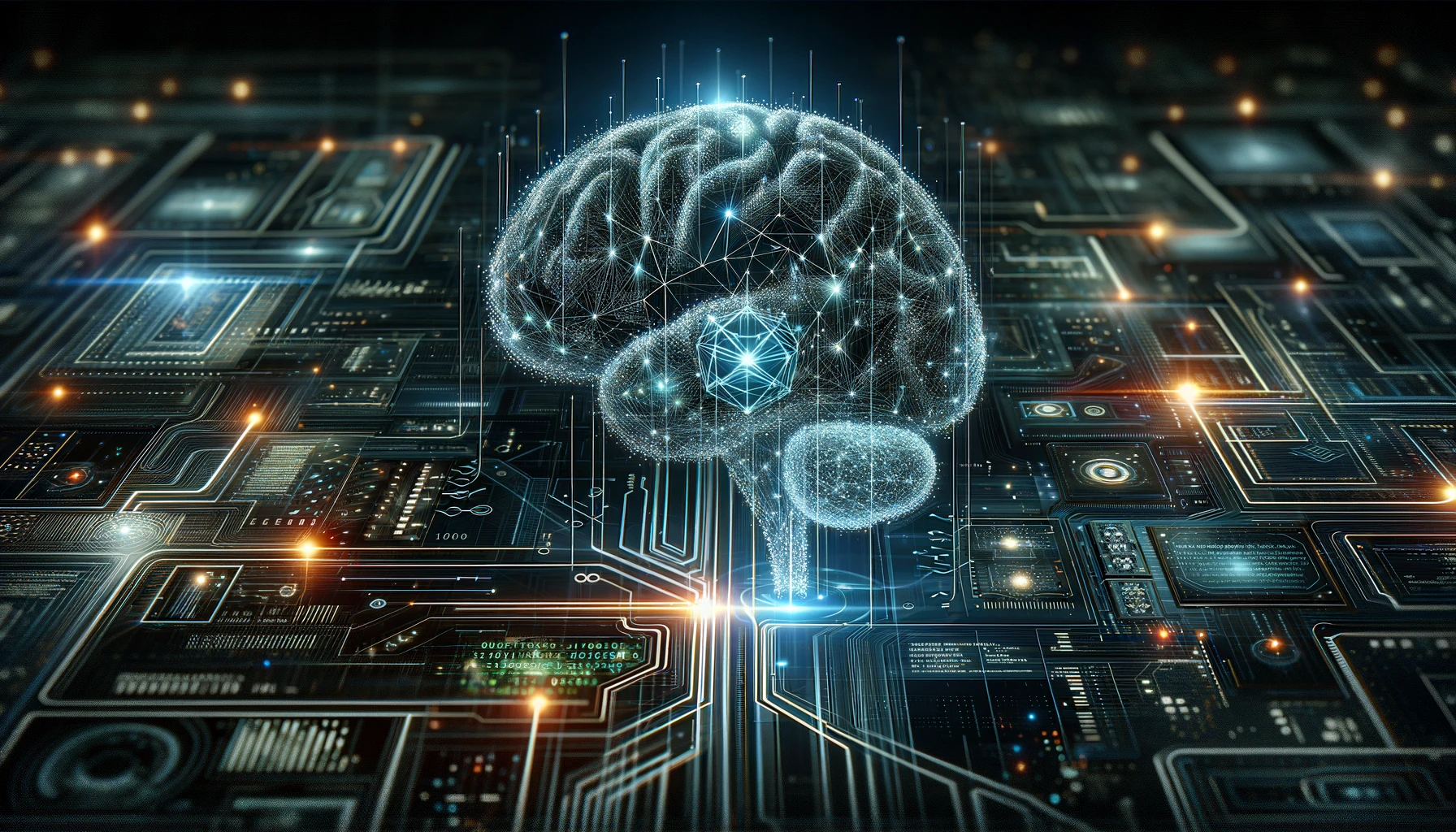
Citation
If you found this article helpful and would like to cite it, you can use the following BibTeX entry.
@misc{
hacking_and_security,
title={Demystifying AI buzzwords},
url={https://hacking-and-security.cc/demystificatino-of-ai-buzzwords},
author={Zimmermann, Philipp},
year={2024},
month={Jan}
}



